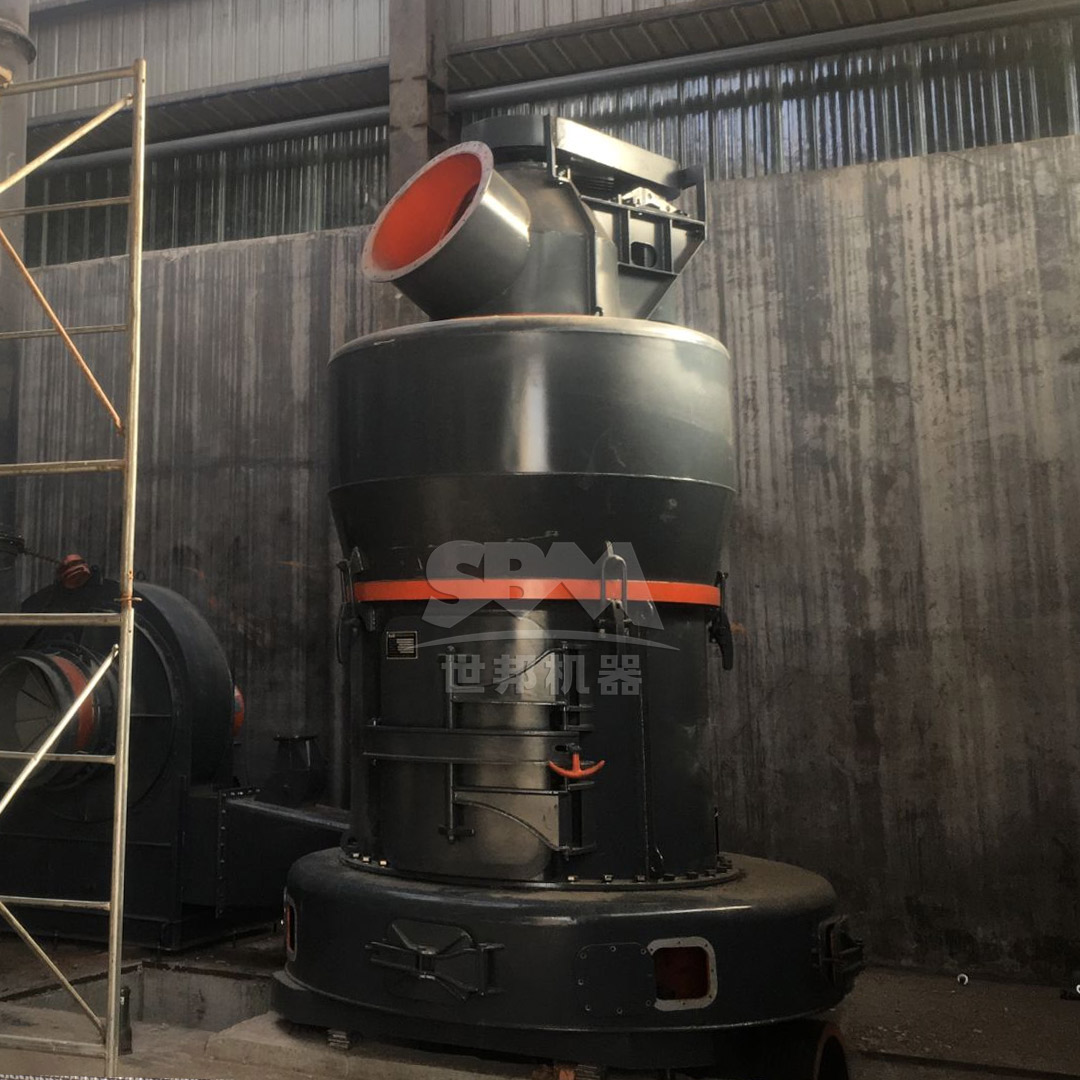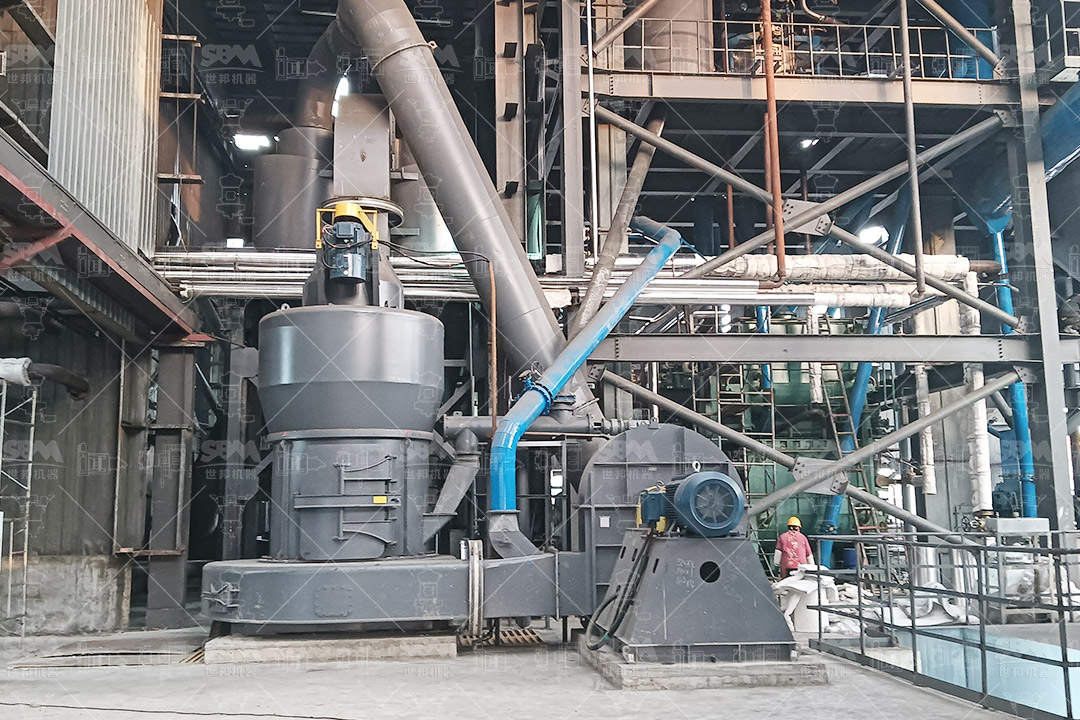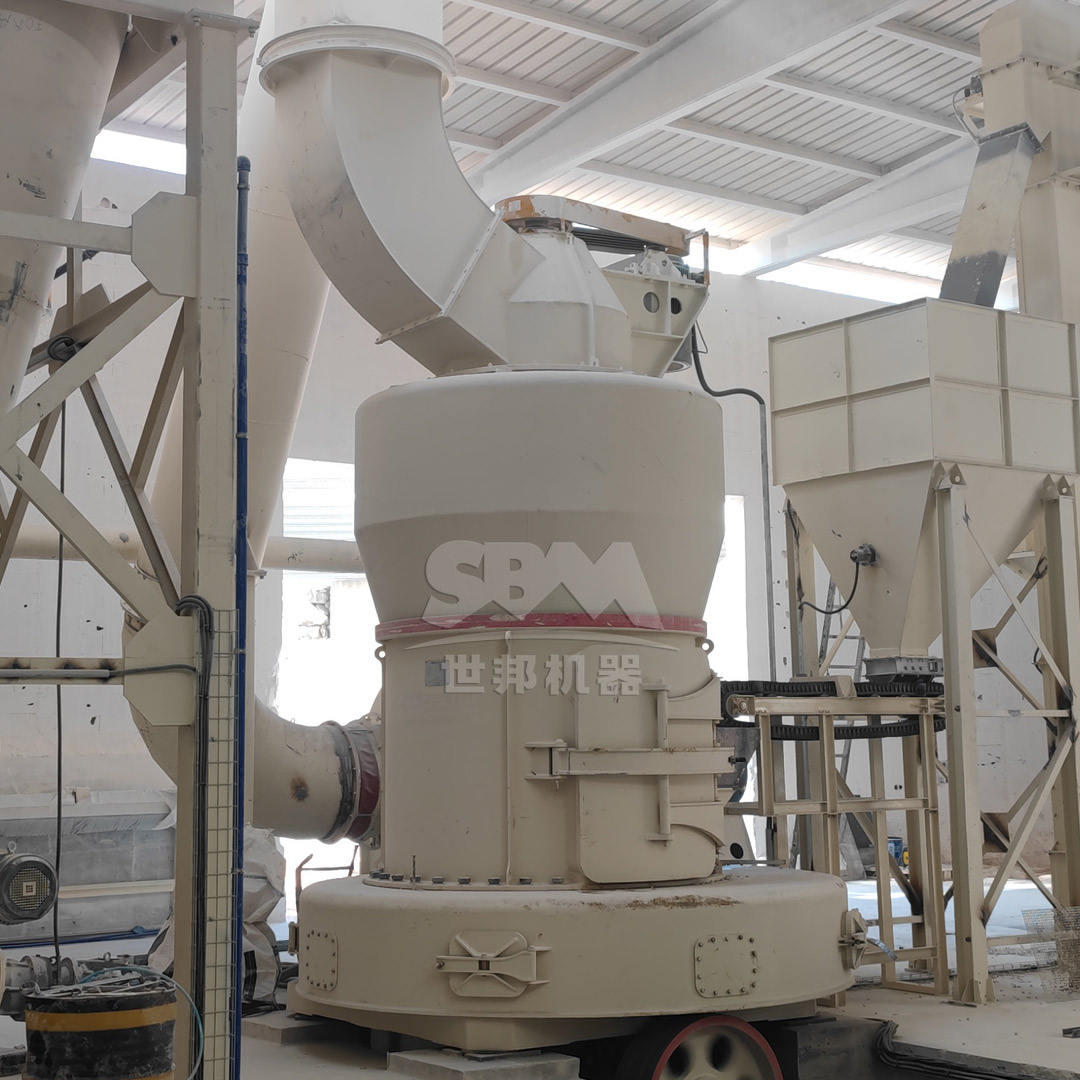In today’s industrial landscape, the environmental footprint of manufacturing processes has become a critical concern for operators, regulators, and communities alike. Grinding equipment, essential across mining, construction, cement production, and chemical processing industries, represents a significant source of environmental impact through energy consumption, dust emissions, noise pollution, and resource utilization. This article examines the key environmental considerations for grinding operations and presents sustainable solutions that balance operational efficiency with ecological responsibility.
Grinding processes are notoriously energy-intensive, accounting for up to 50-70% of total energy consumption in mineral processing plants and approximately 30-40% in cement production facilities. Traditional grinding technologies, particularly older ball mill systems, operate with energy conversion efficiencies as low as 1-5%, meaning the vast majority of electrical input is dissipated as heat and noise rather than utilized for particle size reduction.
The environmental implications extend beyond direct operating costs. High energy consumption translates to increased greenhouse gas emissions, particularly in regions where electricity generation relies on fossil fuels. A typical medium-capacity grinding circuit operating at 500 kW for 20 hours daily can generate over 2,000 tons of CO2 emissions annually when powered by coal-generated electricity.
Modern grinding technologies address these challenges through several innovative approaches:
| Grinding Technology | Specific Energy Consumption (kWh/t) | CO2 Emissions (kg/t)* | Noise Level (dB) |
|---|---|---|---|
| Traditional Ball Mill | 35-45 | 28-36 | 95-105 |
| Vertical Roller Mill | 22-30 | 18-24 | 75-85 |
| Ultrafine Grinding Mill | 18-25 | 14-20 | 70-80 |
*Based on grid electricity with emission factor of 0.8 kg CO2/kWh
Particulate matter emissions represent one of the most visible environmental impacts of grinding operations. Uncontrolled dust emissions can contribute to respiratory health issues, reduce visibility, contaminate surrounding ecosystems, and represent product loss. Regulatory standards for particulate emissions have tightened significantly worldwide, with many regions now requiring emissions below 20-30 mg/m³.
Effective dust control begins with containment at the source. Modern grinding equipment incorporates several design features to minimize dust generation and escape:

For operations requiring superior environmental performance, the SCM Ultrafine Mill series represents a significant advancement in dust control technology. These mills incorporate a multi-stage filtration system with pulse-jet cleaning that achieves collection efficiencies exceeding 99.9%. The intelligent control system monitors pressure differentials across the filter and initiates cleaning cycles only when needed, reducing compressed air consumption by up to 30% compared to conventional timer-based systems. With emissions consistently below 20 mg/m³, these mills meet the most stringent international environmental standards while maintaining optimal operational efficiency.
Industrial noise represents a significant environmental and occupational health concern. Grinding equipment generates noise through multiple mechanisms: mechanical impacts, gear transmissions, motor operation, and air movement. Prolonged exposure to high noise levels can cause hearing damage to operators and create community relations issues for facilities located near residential areas.
Modern grinding equipment addresses noise pollution through integrated engineering solutions:
The MTW Series Trapezium Mill exemplifies this approach with its comprehensive noise reduction package. Through damping spring foundations, sealed grinding chambers, and optimized fan blade geometry, these mills operate at noise levels below 75 dB at one meter distance – approximately 20 dB quieter than conventional grinding systems of comparable capacity. This represents a four-fold reduction in perceived loudness, significantly improving the working environment and reducing the acoustic footprint of grinding operations.
While dry grinding systems dominate many applications, wet grinding remains essential for certain materials and processes. Water usage in grinding circuits presents environmental challenges through consumption of freshwater resources and potential contamination from process chemicals or fine particles.
Sustainable water management in grinding operations includes:

Beyond minimizing negative environmental impacts, modern grinding equipment can actively contribute to circular economy objectives through efficient resource utilization and waste valorization. Key opportunities include:
The versatility of modern grinding systems enables processing of diverse material streams. For instance, the LM Series Vertical Roller Mill can be configured to process granulated blast furnace slag, converting an industrial byproduct into a valuable supplementary cementitious material. This application not only reduces cement production’s carbon footprint but also diverts material from landfills, demonstrating how grinding technology can support industrial symbiosis and circular economy principles.
A comprehensive understanding of grinding equipment’s environmental impact requires consideration of its entire lifecycle – from raw material extraction for manufacturing through operation to final decommissioning and recycling. Key lifecycle considerations include:
| Environmental Factor | Traditional Equipment | Modern Sustainable Design | Improvement |
|---|---|---|---|
| Energy Consumption | High (35-45 kWh/t) | Low (18-25 kWh/t) | 30-50% reduction |
| Dust Emissions | 50-100 mg/m³ | <20 mg/m³ | 60-80% reduction |
| Noise Pollution | 90-105 dB | 70-80 dB | 15-25 dB reduction |
| Water Consumption | Significant in wet grinding | Closed-circuit systems | 70-90% reduction |
Environmental regulations governing grinding operations continue to evolve toward stricter standards. Forward-thinking operations should anticipate these trends through equipment selection and operational practices. Emerging regulatory developments include:
Modern grinding equipment with advanced control systems provides the data collection and reporting capabilities needed for compliance with these evolving requirements. Integration with plant-wide environmental management systems enables proactive environmental performance management rather than reactive compliance.

The environmental impact of grinding equipment represents both a significant challenge and substantial opportunity for industrial operations. Through careful equipment selection, operational optimization, and adoption of best practices, operators can dramatically reduce their environmental footprint while maintaining or even improving economic performance.
The transition to sustainable grinding operations requires a holistic approach that considers energy efficiency, emissions control, noise reduction, water management, and resource conservation as integrated objectives rather than separate concerns. Modern grinding technologies, such as the SCM Ultrafine Mill and MTW Series Trapezium Mill highlighted in this article, demonstrate that environmental performance and operational excellence are complementary rather than competing priorities.
As regulatory pressures intensify and stakeholder expectations evolve, investments in environmentally advanced grinding technology will deliver increasing returns through reduced operating costs, improved regulatory compliance, enhanced community relations, and strengthened competitive positioning. The grinding equipment of tomorrow will not merely process materials but will do so in a manner that actively contributes to environmental sustainability and circular economy objectives.